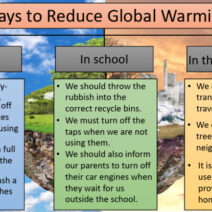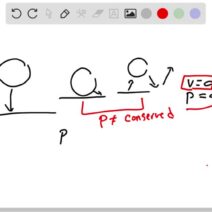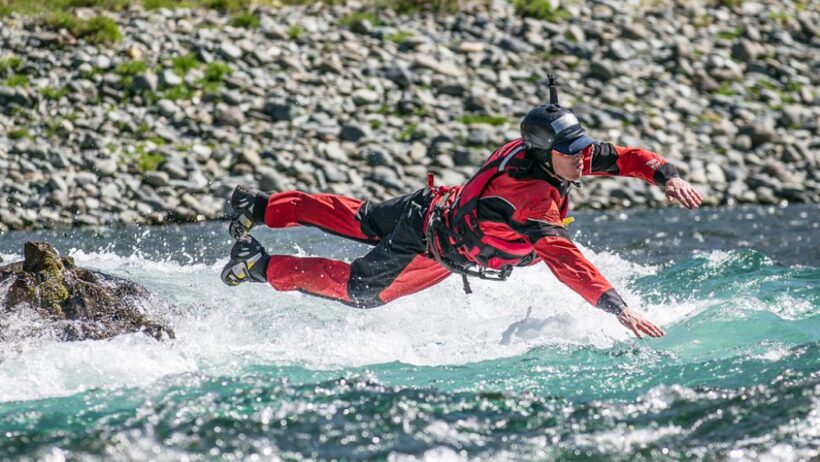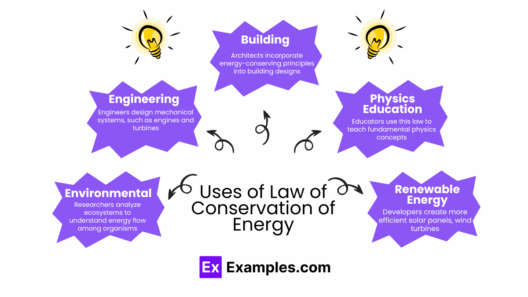Water polo is an exhilarating yet demanding sport that requires not only skill but also a keen understanding of energy conservation in the water. For athletes, swimming smarter rather than harder is essential for maximizing performance while minimizing fatigue and environmental impact. This philosophy goes beyond mere athletic prowess; it encourages a thoughtful approach to energy use that resonates with the urgent need for sustainability in all aspects of our lives.
At the heart of efficient swimming lies technique. Proper stroke mechanics are paramount. Athletes must master the fundamentals of water polo swimming, particularly the freestyle and the eggbeater kick. These strokes enable players to glide through the water with minimal resistance, allowing for efficient energy expenditure. By focusing on maintaining a streamlined position, players can reduce drag, which is a critical factor in how much effort is required to maintain speed. A clean entry and exit of the hand in the water can significantly minimize turbulence, conserving valuable energy that can be better spent on strategic maneuvers during gameplay.
Moreover, proper breath control plays a pivotal role in energy conservation. Swimmers need to practice rhythmic breathing techniques to ensure maximum oxygen intake while reducing fatigue. Breath control allows players to maintain endurance during the intense sessions of a match when the exertion peaks. It promotes a balanced approach to exertion, as every breath taken strategically translates into improved performance and minimized energy loss. Understanding the body’s physiological response to exertion and employing optimal breathing strategies can create a significant advantage in both short bursts of energy and sustained efforts.
The choice of training regimens also necessitates a tactical approach to energy conservation. Integrating interval training with periods of rest can enhance cardiovascular efficiency, allowing athletes to build stamina without overexerting themselves during every practice session. Instead of relying on constant high-intensity drills, players should emphasize recovery. This mindset shift is essential; adequate rest is not a luxury but a fundamental component of an effective training plan. Implementing recovery protocols—such as active rest or flexibility exercises—encourages athletes to return to the water with renewed vigor, ultimately prolonging their ability to compete without succumbing to fatigue.
Furthermore, attention to nutrition and hydration cannot be overstated. Proper fueling of the body prior to training and competitive matches allows players to optimize their energy reserves. A diet rich in complex carbohydrates, lean proteins, and healthy fats provides the necessary energy to endure long practices while keeping energy levels stable. Hydration management, too, is crucial for maintaining peak performance; dehydration can lead to impaired muscle function and reduced endurance. Players should be cognizant of their fluid intake and ensure they are replenishing electrolytes lost through sweat. This awareness can foster energy conservation and enhance overall performance.
Understanding the dynamics of teamwork and communication also plays an integral role in conserving energy during matches. Synergy among team members can lead to more efficient plays, whereby less energy is spent on individual efforts. This cohesiveness can be cultivated through practice and strategy sessions, which encourage players to develop an intuitive understanding of one another’s movements. By enhancing teamwork, players can conserve energy while executing tactical plays that may include unconventional formations or surprise strategies designed to outmaneuver opponents.
Innovating techniques and incorporating advanced technologies can further support energy conservation efforts in water polo. Wearable fitness trackers allow athletes to monitor their heart rate, distance swum, and calories burned. This data can be critical in making informed decisions about pacing and exertion levels during training sessions and matches. Athletes can assess their performance and adjust their strategies accordingly, ensuring they swim smartly rather than succumbing to brute force. The data-driven approach provides clear insights that can significantly enhance training regimes and competitive strategies.
Additionally, awareness of environmental impact can reshape an athlete’s mindset, aligning their energy conservation efforts with broader sustainability goals. As athletes, embracing eco-conscious practices not only resonates within the sport but also sends a compelling message to the community. Water polo players can advocate for reducing their carbon footprint by organizing environmental awareness campaigns within their clubs, promoting conservation efforts and sustainable practices. Such initiatives can inspire younger players and foster a culture wherein eco-friendly practices become part of the athletes’ identity.
In conclusion, energy conservation in water polo is a multifaceted approach that encompasses technique, breath control, training regimens, nutrition, teamwork, innovative technologies, and environmental consciousness. By embracing the philosophy of swimming smarter, athletes not only improve their performance but also contribute to a more sustainable future in the sport. This movement encourages curiosity and fosters resilience, reshaping perspectives on athletic competition and ensuring that the spirit of water polo remains vibrant while being mindful of our planet’s needs. Ultimately, as athletes adopt innovative strategies for energy conservation, they pave the way for future generations to enjoy the sport while preserving the environmental integrity we all cherish.








